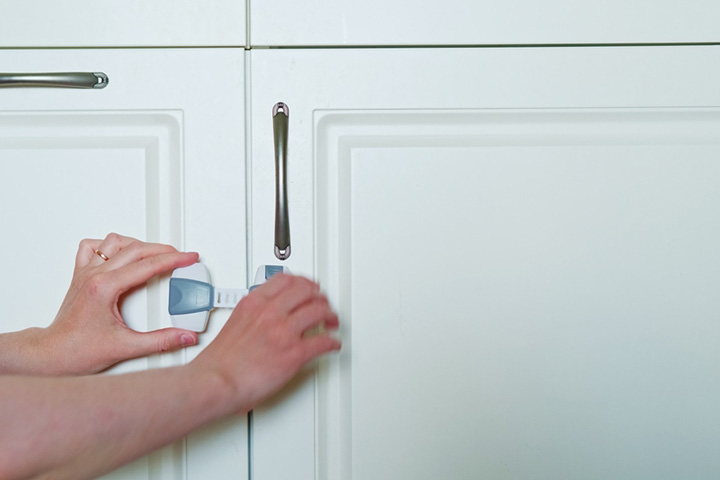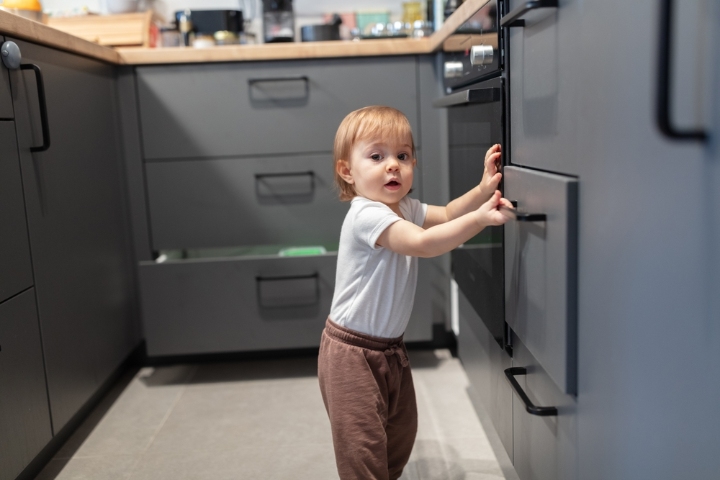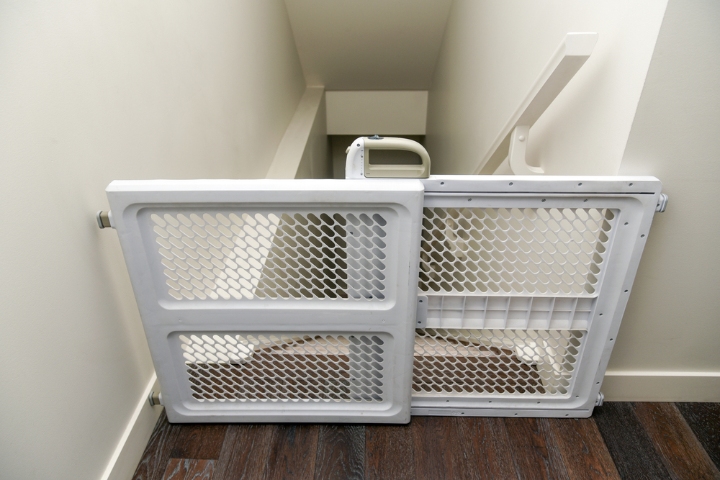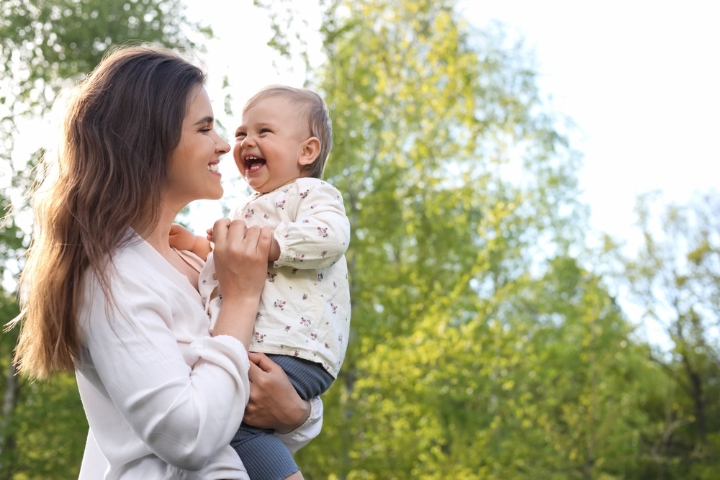
Image: Shutterstock
As a responsible parent, your baby’s safety is your top priority. As your little one grows and begins to explore the world around them, it’s important to create a safe and secure environment that allows them to thrive while minimizing potential hazards. In this article, we present the ultimate baby proofing checklist, guiding you through to ensure a safe haven for your little explorer. Let’s dive in and make your space a sanctuary of safety and wonder.
What Is Baby Proofing?
Image: Shutterstock
Baby proofing refers to the process of making your home safe and child-friendly for your little one. It involves identifying and addressing potential hazards, securing dangerous objects, and implementing safety measures to prevent accidents. Baby proofing typically includes actions such as installing safety gates, covering electrical outlets, securing furniture, locking cabinets, cushioning sharp edges, and removing choking hazards. The goal is to create a secure environment that allows your baby to explore and play without unnecessary risks. Baby proofing is an ongoing process as your child grows and develops new abilities, requiring regular assessment and adjustment to ensure their safety.
Why Is Baby Proofing Important?
Image: Shutterstock
Baby proofing is crucial for ensuring the safety of your little one. It protects them from accidents, promotes their development, and gives you peace of mind. By creating a secure environment, you foster independence, prevent emergencies, and set good safety habits. Regularly assess and adapt your baby proofing measures as your child grows. Prioritize their safety and create a nurturing space where they can thrive and explore with confidence.
When Should You Baby Proof Your Home?
Image: Shutterstock
Timing is crucial when it comes to baby proofing your home. Start the process before your baby starts crawling or exploring independently. Be proactive by securing furniture, covering outlets, and removing potential hazards. Continuously reassess your home as your baby grows and develops new skills. Stay informed about safety guidelines and create a nurturing environment. Remember, baby proofing is an ongoing process that requires attention and care.
Ways To Baby Proof Your Home
1. The Nursery
Image: Shutterstock
- Securing the Crib
Make sure the crib is a safe haven for your baby by ensuring that the mattress fits snugly, removing pillows and blankets, and avoiding crib bumpers that pose a suffocation risk.
- Anchoring Furniture
Secure heavy furniture like dressers and bookshelves to the wall to prevent tipping accidents.
- Out Of Reach
Keep cords, blinds, and window coverings out of your baby’s reach to avoid choking or strangulation hazards.
2. The Living Room: A Space For Boundless Exploration
Image: Shutterstock
- Electrical Outlets
Install outlet covers or baby-proofing plugs to prevent your little one from accessing electrical outlets.
- Cord Management
Tuck away cords from lamps, TVs, and other electronics to eliminate the risk of tripping or entanglement.
- Sharp Edges
Cushion sharp corners of coffee tables and furniture with edge guards to prevent injuries.
3. The Kitchen: A Culinary Oasis With Safety At Heart
Image: Shutterstock
- Cabinet Locks
Secure cabinets and drawers containing cleaning supplies, sharp objects, and other potential hazards with childproof locks.
- Stove Guards
Install stove guards to prevent your baby from reaching hot surfaces or pulling on pots and pans.
- Secure Appliances
Use safety latches to keep appliances like the dishwasher and refrigerator closed and out of reach.
4. The Bathroom: Creating A Serene And Safe Oasis
Image: Shutterstock
- Lock Medications
Store medications and toiletries in a locked cabinet, well out of your baby’s reach.
- Temperature Control
Set your water heater temperature below 120°F (49°C) to avoid scalding accidents.
- Non-Slip Mats
Place non-slip mats in the bathtub and shower to prevent slips and falls.
5. The Stairways: Safeguarding The Path To Adventure
Image: Shutterstock
- Safety Gates
Install sturdy safety gates at the top and bottom of staircases to prevent falls.
- Banister Guards
Secure banisters and railings with guards to prevent your baby from squeezing through or getting stuck.
- Clear Pathways
Keep stairways free from clutter to minimize tripping hazards.
6. The Outdoor Space: Exploring Nature Safely
Image: Shutterstock
- Fence Safety
Ensure your backyard is securely fenced to prevent your baby from wandering off.
- Outdoor Hazards
Remove any sharp objects, toxic plants, or potential choking hazards from the yard.
- Sun Protection
Create shaded areas and use baby-safe sunscreen to protect your little one from harmful sun rays.
- Outdoor Play Equipment
Inspect and maintain outdoor play equipment to ensure it is safe and in good condition. Look for any loose bolts, sharp edges, or unstable structures.
Baby proofing is an ongoing process that requires regular assessment and adaptation as your baby grows. By creating a safe and nurturing environment, you allow your little one to explore and thrive with confidence. Install safety gates, secure furniture, cover outlets, lock cabinets, cushion sharp edges, and be proactive in identifying potential hazards. Remember to reassess your home regularly and make necessary adjustments. Prioritize safety, foster your baby’s growth, and enjoy the journey of creating a secure and joyful space for your little explorer. Let us know in the comments how you babyproof your home!





















